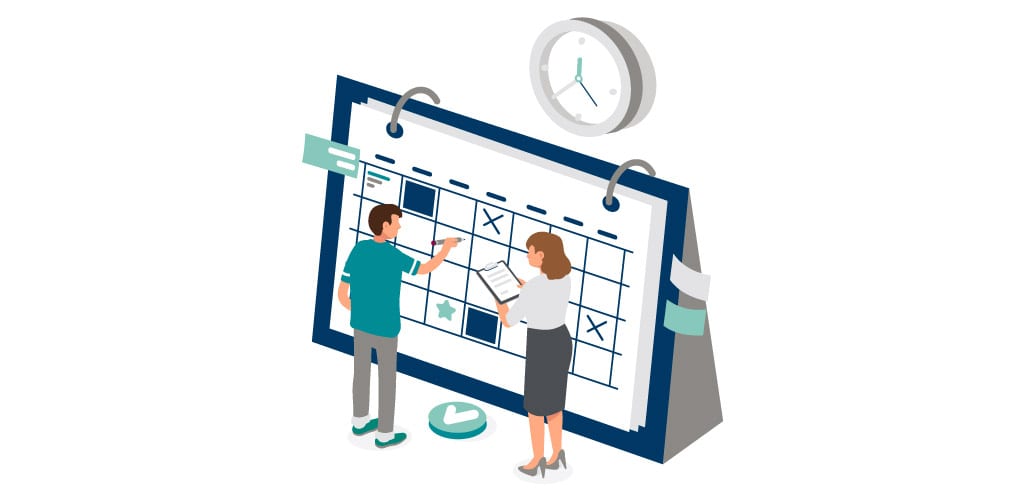How to Assess and Improve Your Financial Close
Blog post
Share
The financial close has several moving parts; from recording to auditing balances and everything in between, there can be various symptoms that your financial close is in poor health. These signs may include:
- Most or parts of the close are conducted through manual, disconnected spreadsheets
- A lack of consistency and centralization in documentation
- Finance leaders and team members have trouble viewing the status of tasks or meeting critical deadlines
- Challenges understanding risk factors
- Time-consuming audits due to lack of supporting information
- Long and frustrating status meetings, which often take away valuable time to complete the actual close
What Does a “Healthy” Close Process Look Like?
If your organization exhibits signs of a disjointed financial close, there are many ways financial automation can improve the close process for everyone involved.
Reduction in Days to Close, Consolidate, and Report
Optimizing the financial close for all users and key departments involved has a tremendous impact on the completion of time-sensitive deadlines. Of the respondents surveyed in an Adra webinar, as many as 62% emphasized that they struggled to meet deadlines throughout the financial close.

According to The Hackett Group’s Account-to-Report Performance Study, organizations that streamlined their close with financial automation saw a four-day reduction in the time spent to close, consolidate, and report.
Lower Audit Fees
Internal and external audits are no doubt a crucial (and often expensive) step in the close. Auditors charge clients for the hours worked, so a disjointed and manual-heavy financial close can contribute to longer hours, higher risk, more frustration, and an increase in audit fees.
By providing auditors with all supporting documentation and an up-to-date activity log of all close tasks, organizations can see as much as a 49% reduction in audit fees. A smoother close not only reduces the length and overall stress of the audit but also drastically cuts down on the billable hours the auditor spends on the process.

Decrease in Financial Close Costs
Manual-heavy methods leave F&A teams struggling to reach critical deadlines and often working overtime to complete the close on time, leading to an increase in the overall close cost for all full-time employees. As professionals who focus on the bottom line, costs are a huge priority for all finance leaders. In fact, as many as 22% of respondents in the Adra webinar emphasized that reducing costs was a goal for financial software investment.
Maximizing your ERP investment with a financial automation solution can reduce the total hours spent on the overall close, leading to reduced costs to complete the process. By automating the reconciliation and transaction matching process, organizations can see as much as a 55% reduction in account-to-report costs.
Next Steps to Improve Your Financial Close
Assess Your Close Process Health
Before going straight to the solutions for an improved financial close, it’s crucial to assess your current financial close practices and analyze each step of the process. Are there parts of the close that lead to a delay in deadlines or are time-consuming? Ask your F&A team to receive feedback on how they navigate the close.

Identify Which Processes Require Excess, Manual Work
Once you’ve properly assessed the overall health of your close processes, hone in on the specifics. As professionals who work with numbers day in and day out, it’s crucial to optimize the close to increase productivity and efficiency for everyone involved. Which aspects can be automated, and which can be improved? By identifying the challenges that you want to solve, you can pinpoint business requirements, making it easier to select a solution that best fits the needs of your organization.
Drive Positive ROI with a Financial Automation Solution
Finding the best financial close solution for your organization’s challenges is crucial in driving a positive return on investment. Take the time during this stage to evaluate and select an appropriate implementation partner.
With a myriad of technology solutions readily available to improve financial processes, the challenge many companies face isn’t why they should transform their processes but how. Watch the on-demand joint webinar with Citrin Cooperman and Trintech to discover how to build a business case for financial transformation.
Written by: Alex Clem


